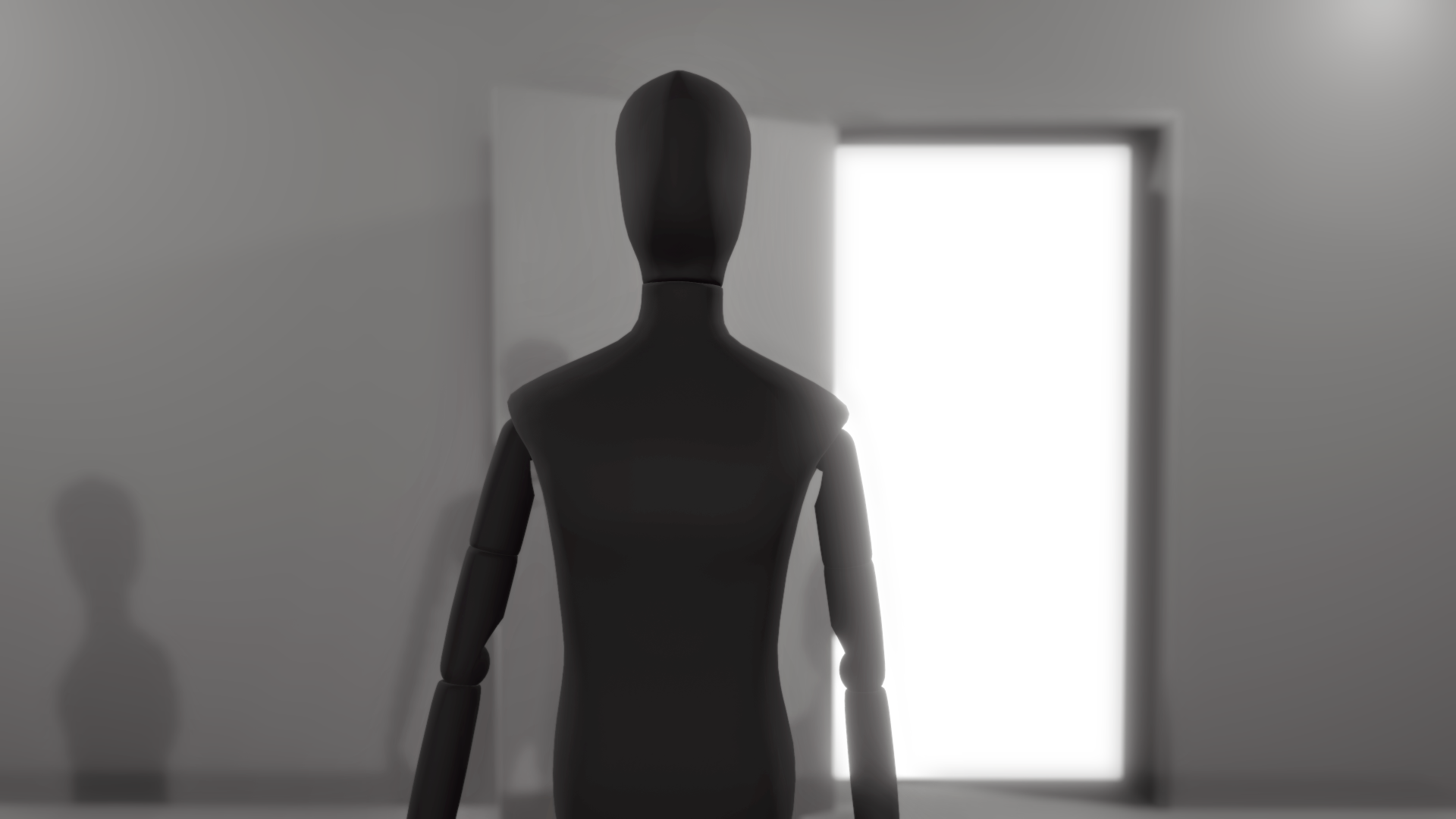Acute Art

During the last half of 2018 and the first quarter of 2019 I worked on a number of exciting projects at Acute Art creating AR and VR pieces both for the ios and android app and for their roster of artists.
Marina Abramović’s Rising
Marina Abramović’s Rising app is an extension of her previous Virtual Reality artwork also titled Rising, developed by Acute Art. Both the app and the VR address the effects of climate change; however, the app allows viewers to see the impact through daily actions and view Abramović in Augmented Reality. The artist in Augmented Reality, beckons from within a glass tank that is slowly filling with water from her waist to her neck. Abramović urges viewers to reconsider their impact on the world around them, asking them to choose whether or not to save her from drowning by pledging to support the environment, which lowers the water in the tank. The app was commissioned by Nobel Media, and was released as a countdown to her participation during Nobel Week.



Taking the existing augmented reality module as a basis my task was to create the app architecture, UI and prepare the app for release. I also created Android (Java) and iOS (C++) plugins to allow users to capture in-app video that could be saved to the user’s photo library.
Louisa Clement - Aporias
Aporias (2019) derives its title from the Greek for an impasse or state of perplexity, which is used in philosophy to denote a question that is hard to answer. The artist continues her interest in real and artificial bodies, as well as automatons, translating her iconic photographs into virtual reality.
The viewer sits at a table and chair that are replicated in Clement’s virtual environment, collapsing the distinction between the real and the virtual. The artificial bodies resemble the faceless mannequins in Clement’s photography.
The mannequins can acquire language, speak, and lie, among other things. The viewer joins a group of three artificial digital bodies that look like faceless mannequins and that are programmed to communicate with each other and the viewer, who may interact with them and start a conversation.

To achieve the effect of human-like conversation between the virtual characters I devised a scheme of cascading natural language processing (NLP) bots where each input was processed and the output passed on to the next bot as input. This required communicating with multiple bot APIs including Watson, Wit, CleverBot and Wolfram Alpha, which was all coordinated using a custom state machine pattern.